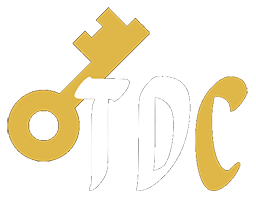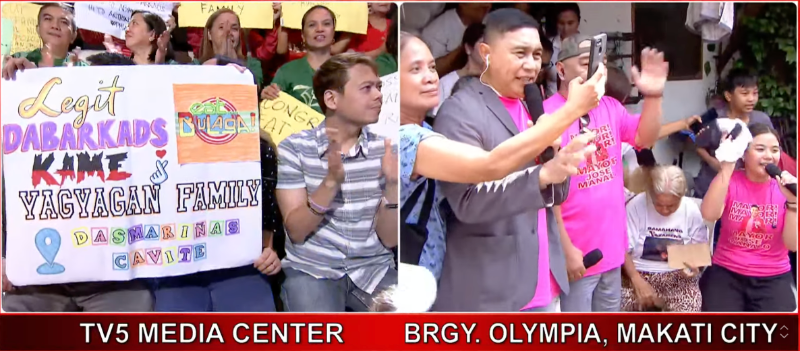I don’t quite understand why improper words and spellings seem to be a cause for concern to you when you can simply avoid using them.
If we know that “gilid”, “sabi”, “kahit”, and “bakit” are the proper words that people actually meant when we hear or see them use “giled”, “sabe”, “kahet”, and “baket” instead, why would we intentionally commit their same mistakes?
In the first video you linked, what the guy in jail said or meant as “tapos” came out at “tas” in the AI transcription. He said it fast enough that it did sound like just “tas”. However, we both know that what he meant to say was “tapos” even if he did really say it as “tas”. We also both know that “tas” and “t’as” are not valid words. Either one of them, just by itself, would not automatically translate to “tapos”. It is context that gives us its intended meaning.
Try not to trust AI transcriptions too much. In the same video, some 5 or 6 lines below, AI came up with a strange word, “bareli”. The word that was actually said was “barilin (to shoot with a gun)”. AI also gave you “Rosampong (roon sa ampon kong)” earlier, remember?
The inclusion of the all the English letters plus the Spanish “ñ” in the Filipino alphabet increased our number of letters from the original 20 to 28. That inclusion allows us to use and spell the English and Spanish words in their original forms, instead of us having to transform them into Tagalog words.
The Spanish word “comediante” became “komedyante” in Tagalog because our alphabet then did not have the letter “c”, so “k” was used instead. The Spanish diphthong “ia” would be considered as 2 syllables in Tagalog, that’s why it was replaced by the single syllable “ya”. The new Filipino alphabet gives us now the choice to use, as is, the original English “comedian” or the Spanish “comediante” or to continue using the Tagalog “komedyante”. It’s not meant to complicate matters by making us revise the Tagalog word and come up with new words like “komejante” or even “comejante”. Replacing our “dy” with “j” now would have no basis in Spanish because the letter “j” in Spanish is pronounced like “h”. Our words “kaha”, “kah
ón”, “kah
era” and “ham
ón” came from the Spanish “caja”, “caj
ón”, “caj
era”, and “jam
ón”.
Even if “siya” might have sounded like “sha” most of the time, we still know that the actual word is “siya”. If we were to syllabify “sha”, it would be “sa ha”, which then means the stalk of the banana tree. Wouldn’t that just create a fresh problem instead of resolving an imagined one?
Anyway, and despite everything I said above, you are actually free to speak and write Tagalog any which way you want when communicating with other Tagalog speakers. That’s because we would most likely still understand what you’re saying just the same. The only reason I commented on your use of the misspelled and improper words earlier was because this is a Tagalog learning site. If this site were a Tagalog/Filipino chat room, I would have no issues at all about your post. I could have just assumed that you made the alterations for fun.
Non-Tagalog speakers and foreigners, in particular, use this site to learn proper Tagalog/Filipino. If we’d post misspelled or improper words here, the learners might get disoriented. Do we want to tell them that it is OK, for example, to write and pronounce “gilid” as “giled” because there are AI transcriptions in YouTube videos to back that up? Or, how would they know what letter or letters the apostrophe in “ta’s” stood for when there’s no entry for either “tas” or “ta’s” in any reliable Tagalog dictionary?
So, there was really no need for you to rationalize your unusual use of Tagalog to me. As Tagalog speakers, we can play around with Tagalog words and grammar and still have no problem understanding each other. We just happen to be in a different kind of playground here.








